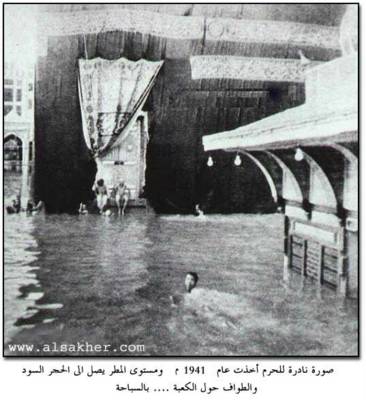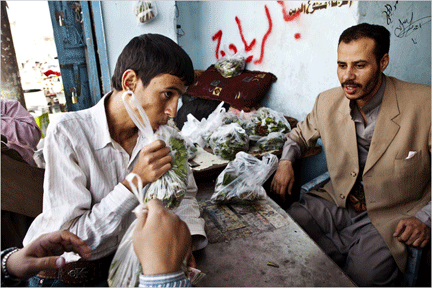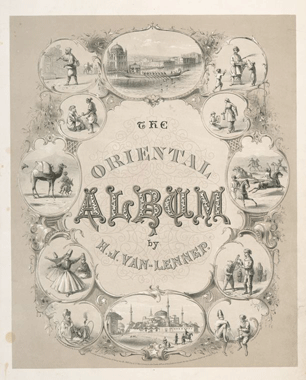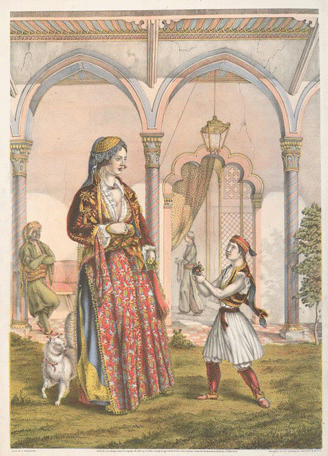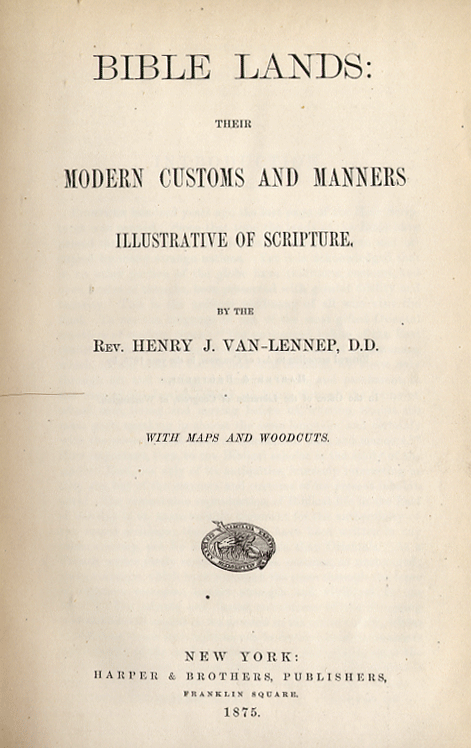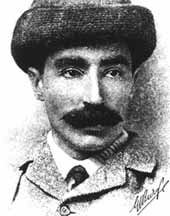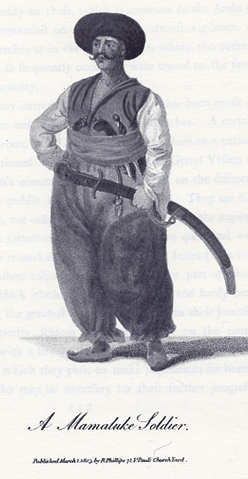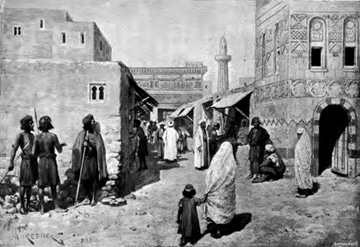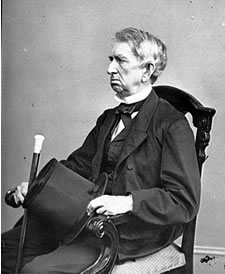
Portrait of William H. Seward, Lincoln’s Secretary of State, ca. 1865; photo by Matthew Brady
William H. Seward (1801-1872) is remembered primarily, to the extent anyone but a historian would bother to remember him, for his folly. An ardent opponent of slavery, this staunch Yankee republican might well have received the presidential nomination in 1860 instead of Lincoln, but he went on to serve as Secretary of State to both Lincoln and the first President Johnson. It was in 1867 that he pushed through the purchase of Alaska from Russia for 7,200,000 dollars, a sizeable sum for a nation coming out of a costly civil war. Horace Greeley in the New York Tribune wrote in criticism that Alaska “contained nothing of value but furbearing animals, and these had been hunted until they were nearly extinct.†Little did the man who famously said “Go west, young man†know that one day a young woman named Sarah Palin would come to power in this once Russian icebox. In 1870 Seward left politics and went on a trip around the world with his adopted daughter, who kept a record of the trip and published this in 1873. From New York to San Francisco to Japan and China to the straits of Malacca, Ceylon and British India to Egypt and Palestine and Europe and finally returning home to Auburn, New York in October of 1871: this was the folly the old man followed shortly before his death. Continue reading Following Seward’s Folly: #1 Brits and Hindoos
